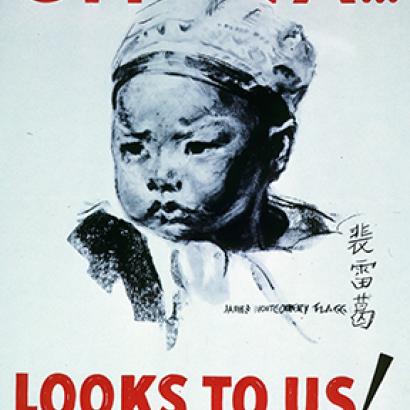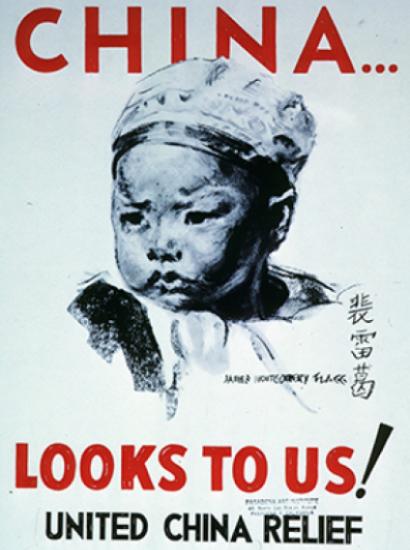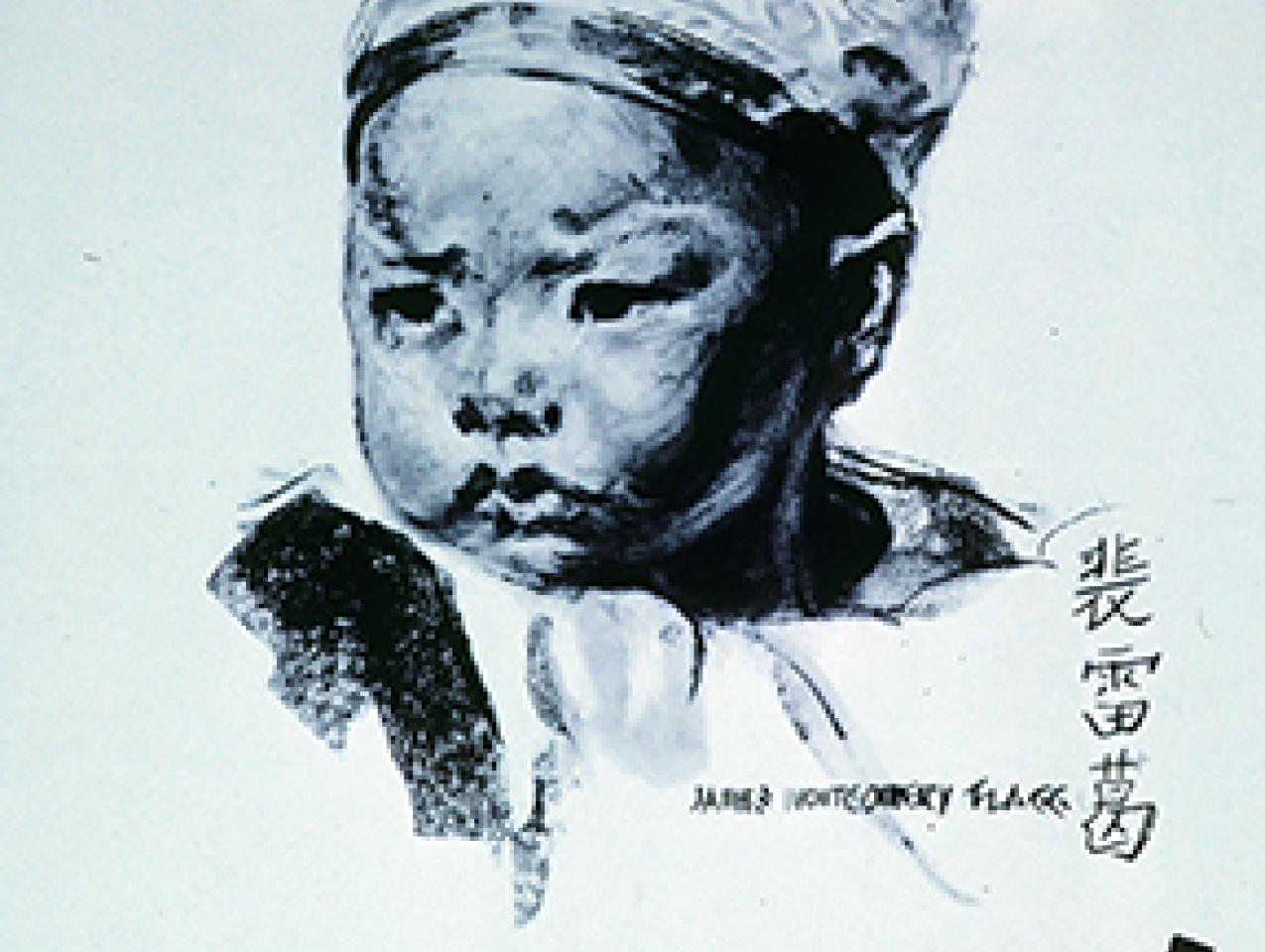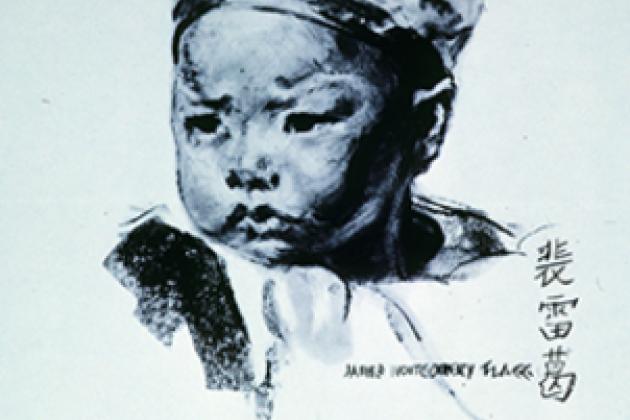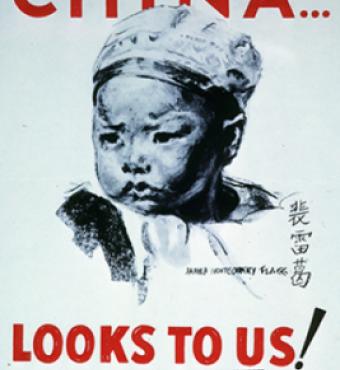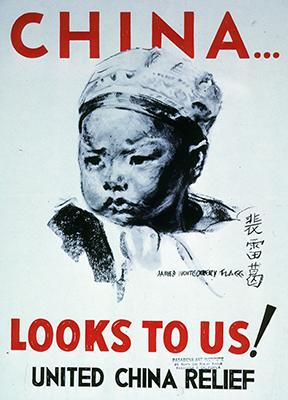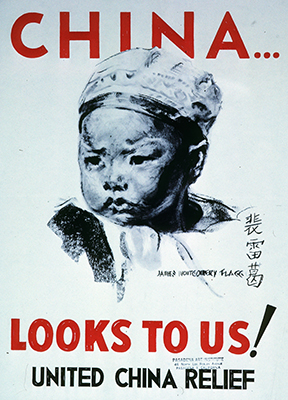
By agreeing to restart stalled trade talks at their meeting in Osaka last week, President Trump and his Chinese counterpart Xi Jinping averted a new round of punitive measures in a trade conflict that’s moving into its second year.
But the respite is likely to be short-lived. The history of international conflicts over trade and economic matters suggests the outcome of the current trade tensions could be just the earliest stage in China’s campaign to replace the current rules-based trade order with a system aligned with Chinese mercantilist policies an practices.
Trade wars arise when one country’s pursuit of economic advantage goes beyond the bounds that other countries are willing to accept as legitimate forms of competition under the prevailing political and legal philosophies of the time. Whether conducted through commercial means such as tariffs or military action, trade conflicts are usually resolved when an international consensus is reached that either accommodates malign trade policy or curtails unfair competitive practices.
It’s a time-consuming, political, and inherently unpredictable process. Trade conflicts can last for years, or even decades, and often bring about significant—and unexpected—realignments of international power. Power shifts often hinge on the logistics and maritime capabilities of trade adversaries, and the importance of logistics increases as trade conflicts drag on. In the hands of mercantilist countries like China, logistics networks provide a physical presence from which to exert national power through the structures of international trade, a set of practical tools to acquire the economic influence needed to reward or coerce partners and adversaries alike.
Perhaps the best example is the commercial expansion of the Dutch Republic from the late 16th century to the late 18th century. In one of history’s biggest trade upsets, the Dutch displaced Portugal as the dominant player in the spice trade between Western Europe and Southeast Asia, akin to the competition today in semiconductors.
Pooling their funds through a financial innovation called the joint-stock company, the Dutch deployed fleets of ships that were bigger, better equipped, and better armed, than the commercial vessels of much larger countries. The Dutch East India Company, known as the VOC from its Dutch name, the Vereenigde Oost-Indische Compagnie, was the prototypical state-backed entity, operating under a government charter that permitted the ostensibly commercial company to build forts, appoint governors, billet soldiers, and make treaties with foreign countries in the name of the Dutch States-General.
For nearly 200 years, the VOC flag flew over a tightly-controlled trading empire run from a network of permanent trading posts centered on Batavia, the site of modern-day Jakarta in Indonesia. The VOC hegemony did not end until the British victory in 1784—in the last of four Anglo-Dutch Wars—secured the right to free trade with the Dutch East Indies for British merchants.
While the current trade tensions stem from the Communist Party of China’s pursuit of its own pernicious revival of mercantilism—the coercive, beggar-thy-neighbor economic policy favored by hegemonic regimes governed by political absolutism—China has a long tradition of protecting her domestic markets from foreign economic penetration. America’s early trade with China in the post-Revolutionary period, for example, was confined to the Thirteen Factories, warehouses where Westerners did business with the Cohong, the Chinese agents the emperor authorized to deal with foreigners. Even at the height of its power, and with no reluctance to use force, the VOC was limited to trading with the mainland from Formosa.
Today’s trade war is the latest episode in the effort to conduct free trade with China. In fairly short order, the U.S.-China conflict has progressed from an effort by President Trump to levy tariffs, ostensibly to reduce the U.S. trade deficit with China, to a fundamental conflict between the world’s two largest economies over the nature and stewardship of the global trade order.
At issue is whether China will substantively abandon its long-standing policy of illicitly or forcibly obtaining intellectual property from American and other Western companies, often by requiring that Western companies wishing to do business in China enter into joint ventures with Chinese partners, which become competitors with unnerving regularity. Among other trade-related concerns are China’s financial subsidies and regulatory support to Chinese state-owned companies that operate as the low-cost predatory producer in virtually every industry. This year, the U.S. restricted U.S. companies’ sales of some semiconductor and IT equipment to Huawei, which manufactures digital hardware and networks that the U.S. says the Chinese government can utilize for cyber-espionage.
China is unlikely to change course. No longer able to offer lowest-cost labor, Chinese companies must move into higher-value businesses, and the “China 2025” plan to overtake the U.S. in key technologies requires a steady stream of innovation. But China faces an innovation gap, lagging far behind the U.S. and other Western countries in terms of triadic patents—the simultaneous application for legal protection of an idea in Japan, the EU and the U.S., a costly process that reflects the originality and potential value of ideas.
Without a reliable flow of innovation, China will not be able to fulfill its ambitions, and it is likely to retaliate as the U.S. moves to restrict its economic oxygen supply. To do so it will look abroad—to the global network of ports that its state-owned shipping and logistics companies have quietly built during the past decade.
China powered its economic rise by developing port, logistics, and shipping capabilities that enabled its manufacturers to offer Western companies one-stop shopping––cheap production and reliable distribution. As Chinese maritime expansion accelerated in the past decade, Chinese state-owned enterprises won long-term contracts to operate and develop ports for financially weak Western countries in both developed and emerging markets.
The main builder of China’s port network is China COSCO Shipping Corporation Limited. A 21st-century version of the VOC, naval experts describe COSCO as the logistics branch of the Chinese Navy. The company manages China’s primary port in the West at Piraeus, Greece, where it installed a Huawei IT network soon after taking over. As the dominant member of the Ocean Alliance, one of three global shipping consortiums, COSCO heads the only logistics network likely to have guaranteed access to Chinese manufacturing ports if the trade war heats up. COSCO’s partner in the alliance is CMA CGM, a French shipping line based in Marseille that received significant Chinese loans in 2015, and earlier this year bought one of the largest distribution companies in the U.S. The Ocean Alliance is working so well that its members met in Hainan in January and renewed their pact for a decade.
COSCO and other Chinese companies now control both ends of the Panama Canal, and strategically-located ports in Brazil and Southern Europe, on both coasts of Africa, and across the Indian Ocean. This gives China a territorial presence—and political and economic leverage—that countries have typically achieved through military conquest, and a global maritime network that’s unprecedented for a rising power.
In recalling the ping-pong diplomacy of the 1970s during his meeting with Trump in Osaka, Xi provided an apt metaphor for the likely course of the trade talks: lots of back and forth. Prolonged discussion will give China time to utilize the coercive power of its commercial trade network. Ports in the EU are likely to the be focus of Chinese efforts to ensure a back-up supply of IP. “Innovation Centers” are planned near several Chinese-controlled ports, and the port of Marseille, CMA CGM’s base, is encouraging development of new data centers when Huawei’s undersea cable comes ashore there later this year. Italy’s recent agreement to have Chinese companies develop the port of Trieste will give Chinese SOEs (state-owned enterprises) close proximity to a leading naval shipbuilder, as well as innovative technologies for power systems for the marine and energy markets.
It will be virtually impossible for the U.S. to dislodge China from most ports where it has a presence. In most cases, Chinese control is based on long-term leases that would most likely be upheld in Western courts, and host governments have little incentive to eject Chinese SOEs that are delivering revenue gains, often by routing Alliance ships to Alliance-run docks. If trade tensions intensify, Chinese shipping companies could threaten embargos or other sanctions on countries and companies that side with the U.S. Economic leverage could help China prevent companies from moving manufacturing operations out of the country, by exposing companies or their home governments to pressure from Beijing; China has already forced companies to stop identifying Taiwan as a separate country to avoid commercial harassment of their operations in mainland China, and supply-chain control opens new avenues of coercion.
Control of ports presents China with opportunities to expand the reach of Chinese governance. This could occur by asserting the jurisdiction of Chinese commercial courts at ports under Chinese control, in the manner of 19th-century “treaty ports” where foreign law applied on Chinese territory. The Dutch States-General empowered the VOC to make treaties, and while Chinese logistics SOEs are not yet formally conducting matters of state, it might not be long before one attempts to use China’s maritime network to export Chinese governance. The unrest in Hong Kong about a law that would allow China to extradite people from the city to the mainland justice system shows the CCP’s desire to rapidly assert Chinese legal control. As soon as COSCO achieved control over the Piraeus port company, it changed the bylaws to allow board meetings to be held in China instead of Greece. And China launched a new commercial court earlier this year in Shenzhen as a venue for Chinese companies engaged in Belt-and-Road projects. Claiming that Chinese law applies to legal proceedings held within a foreign port might not be far off.
To counter China’s mercantile expansion, the U.S. will need to restore commercial maritime capabilities it has ignored during China’s economic rise. Top priority needs to be placed on securing adequate logistics vessels for the military. Eventually, the U.S. should work with Japan and other allies to organize commercial shipping resources to counter potential Chinese threats of disruption, and help companies move production out of China, and beyond the reach of China’s supply-chain power. While limiting direct trade in sensitive tech products, the administration could review whether the extension of the Ocean Alliance pact is warranted on national security grounds. Longer-term, the U.S. will need develop new alliances to enable investment in both civil and military infrastructure in the Pacific. The most pressing issue is the bankruptcy of a South Korean shipyard near Subic Bay; reports that two Chinese companies are trying to buy the facility sparked a backlash in the Philippines but the outcome is not settled.
Chinese control would jeopardize U.S. access to Subic Bay. U.S. naval experts have already warned that U.S. vessels should no longer dock at Chinese-controlled ports due to the risk of being subjected to cybersurveillance by Chinese systems, and some are concerned that Chinese commercial ships might be carrying equipment that could jam U.S. military radar and communications in the event of a confrontation.
A year into the trade conflict the stakes have become clear: the U.S. faces a threat unprecedented in its history—a nuclear-armed adversary running a political system antithetical to the U.S. constitutional republic, dedicated to replacing the rules-based trading order with its own mercantilist hegemony, which has major economic clout and global maritime domain awareness from a fleet of nearly 400 commercial vessels sailing the world’s oceans at all times as China’s ships of state. China doesn’t have the naval power to challenge the U.S. militarily, and likely won’t achieve naval parity any time soon. But in command of a global maritime network that it has only started to mobilize, China is already more of a menace to U.S. national security and economic interests than the Soviet Union, and the ongoing trade tensions portend a geopolitical competition that is not likely to be resolved by a tariff deal alone.
A former international investment management executive, Christopher R. O’Dea is an authority on capital markets, political economy, and the security implications of infrastructure finance. Mr. O’Dea’s work appears regularly in Investments & Pensions Europe and IPE Real Assets, and he is a contributor to National Review. Through his work on infrastructure finance, Mr. O’Dea concluded that China is building a commercial maritime network in which ports, digital logistics capabilities, and shipping alliances comprise a new approach to acquiring and projecting political power; his research was published in the Naval War College Review as “Asia Rising: Ships of State?” Mr. O’Dea holds an A.B. in History from Brown University. He is a Life Member of the Naval War College Foundation and a member of Business Executives for National Security.







